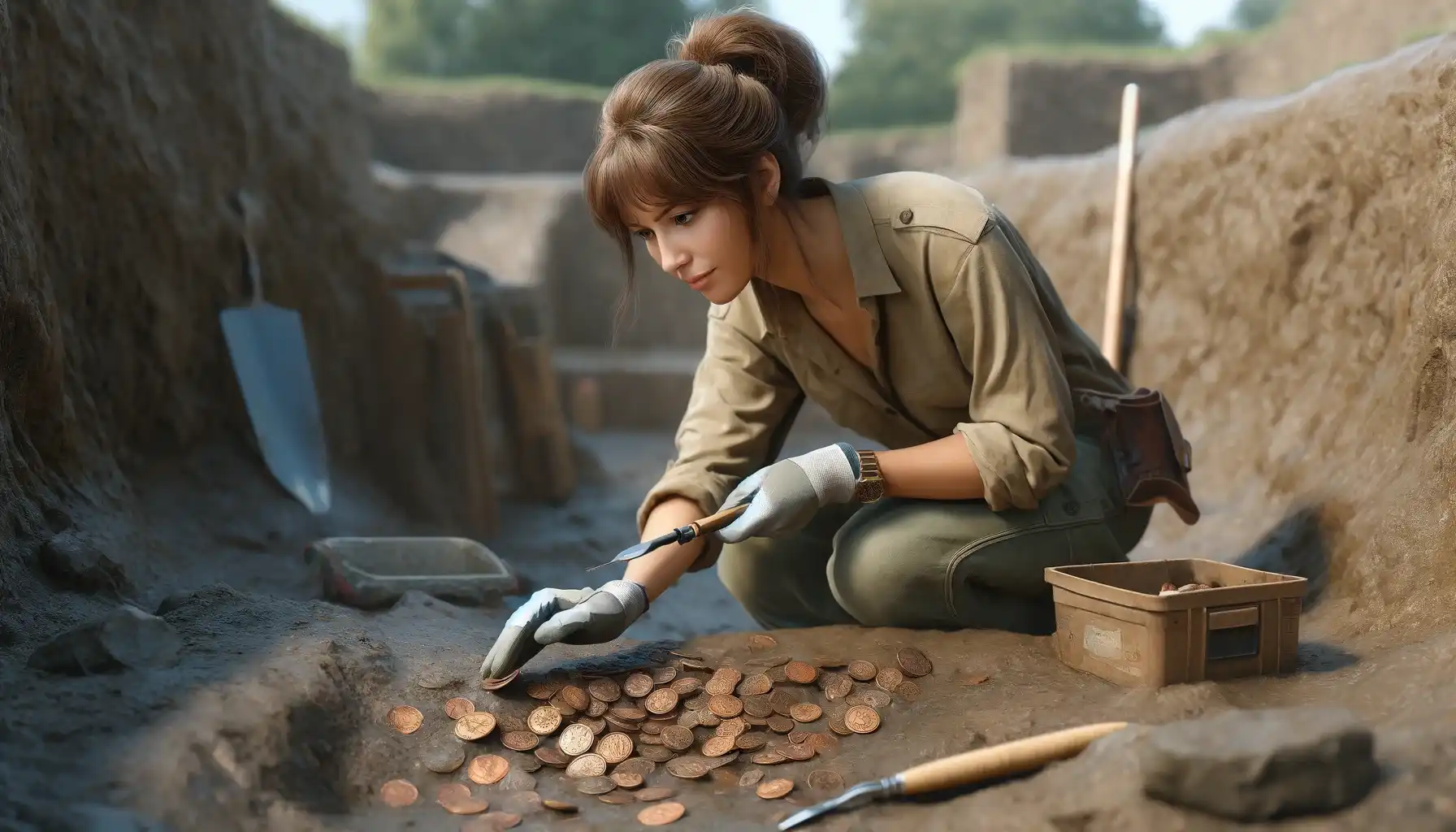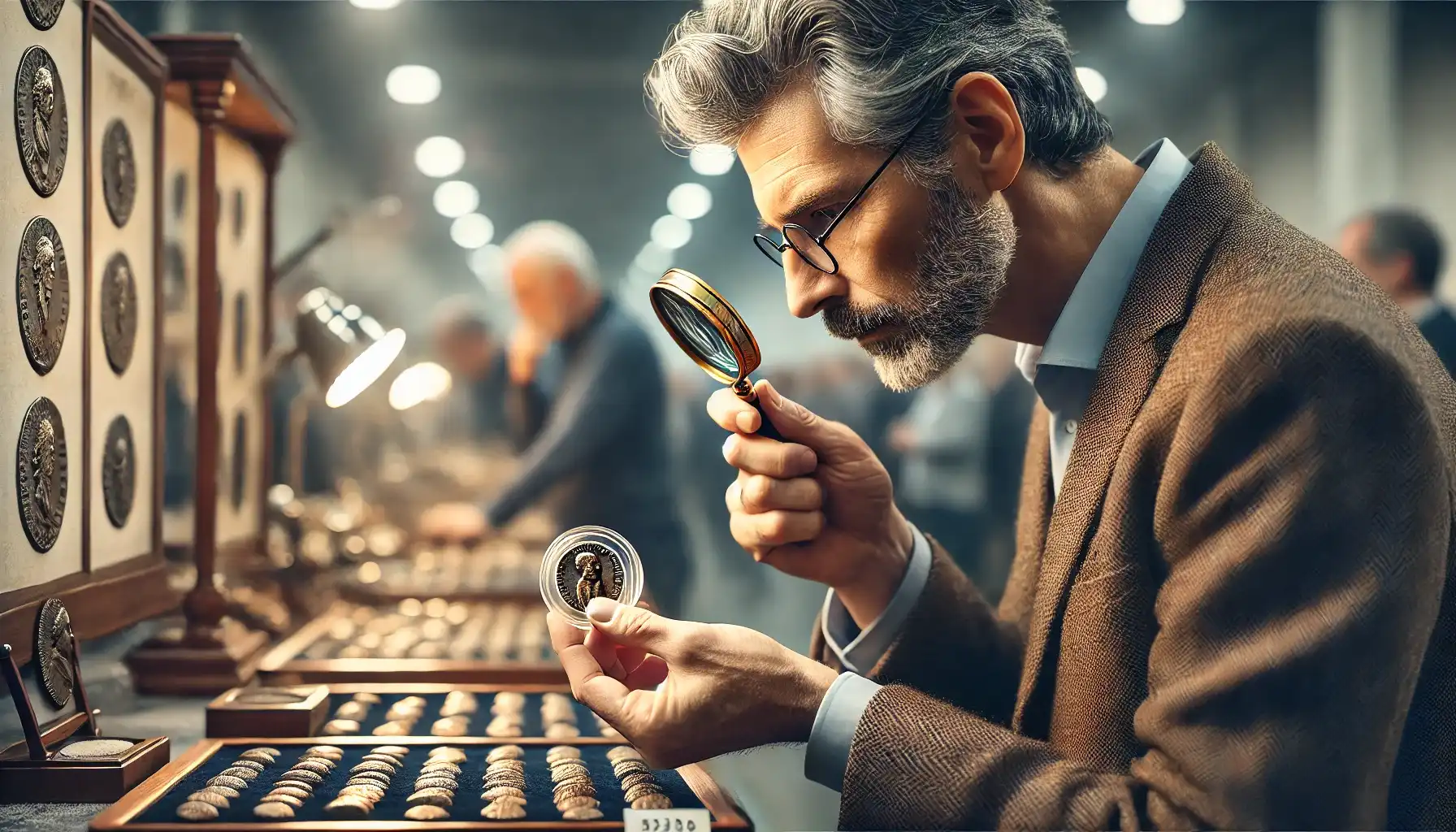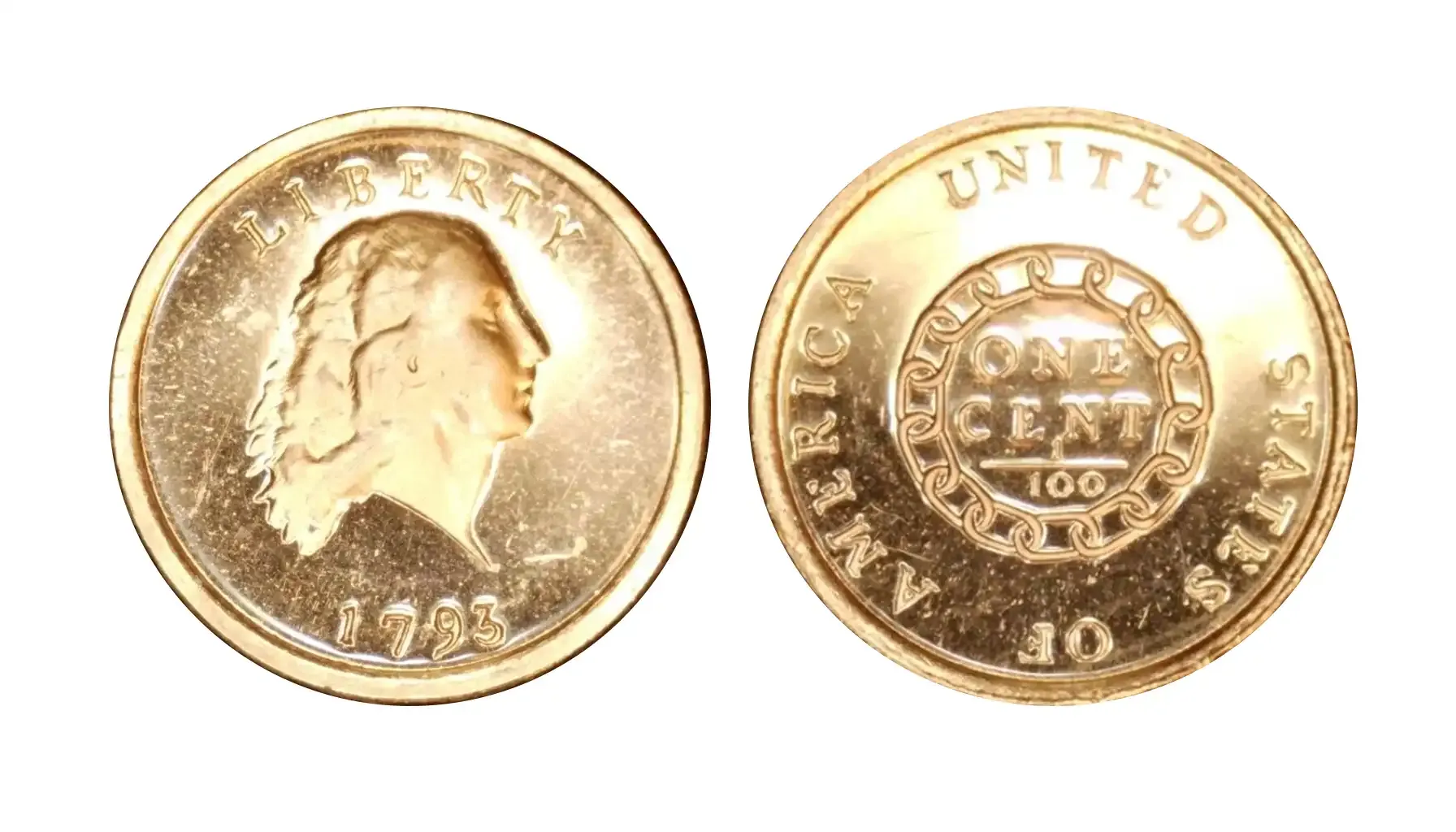Contents:
Have you ever wondered what it would be like to hold a piece of ancient history in the palm of your hand? Ancient Roman coins can be exactly that very experience that connects us directly to the people, events, and culture of a civilization that shaped the modern world. But what makes these coins from ancient Rome so special, and how can we determine their worth today?

The Background of Roman Ancient Coins
The Roman Empire wasn't just built on military might; it was forged through commerce and trade, and coinage played a big role there. The coins of ancient Rome weren't merely currency, because they also were tools of propaganda, art, and communication.
A brief history:
Early Republic (509–27 BC): The initial coins in ancient Rome were primarily bronze, known as "Aes Rude." As trade expanded, silver coins like the "Denarius" emerged.
Imperial Era (27 BC–476 AD): Emperors used coinage to disseminate their images and achievements. Gold coins, e.g., the "Aureus," became symbols of wealth and power.
Types of Roman Coins
Coin Name | Material | Time Period | Notable Emperors | Description |
Aes Rude | Bronze | Pre-4th century BCE | N/A | Early uncoined lumps of bronze used as primitive currency in pre-Republican Rome. |
Aes Signatum | Bronze | 5th-3rd century BCE | N/A | Large, rectangular cast bronze bars with images of animals and deities. Predecessor to Roman coins. |
Aes Grave | Bronze | 4th-3rd century BCE | N/A | Large, circular cast coins, marked with values in Roman numerals. |
Denarius | Silver | 211 BCE - 3rd century CE | Julius Caesar, Augustus | The most widely used silver coin, introduced during the Roman Republic. Key coin during the Empire. |
Sestertius | Brass/Bronze | 3rd century BCE - 3rd century CE | Augustus, Nero, Trajan | Large bronze or brass coin, commonly used during the Empire. Often depicted emperors and deities. |
Aureus | Gold | 1st century BCE - 4th century CE | Augustus, Nero, Constantine | High-value gold coin used during the Empire. Often featured portraits of emperors. |
Dupondius | Brass | 2nd century BCE - 3rd century CE | Augustus, Nero | Mid-value bronze or brass coin often depicting emperors. Used for everyday transactions. |
Quadrans | Bronze | 3rd century BCE - 3rd century CE | N/A | A small, low-value bronze coin used for minor purchases. Often featured deities or symbols. |
Antoninianus | Silver/Bronze | 3rd century CE | Caracalla, Aurelian | Introduced by Emperor Caracalla, originally a silver coin that became more bronze over time. |
Solidus | Gold | 4th-7th century CE | Constantine, Justinian | A high-value gold coin introduced by Constantine, used throughout the late Empire and Byzantine era. |
The Value of Ancient Roman Coins
So, how much are ancient Roman coins worth today? The average old roman coins price hinges on several factors:
Rarity: Some coins were minted in limited numbers or for special occasions. A rare Roman coin can be very expensive among collectors.
Condition: Coins preserved in excellent condition, with clear details and minimal wear, are more valuable.
Historical Significance: Coins that depict notable events, emperors, or deities hold greater interest.
Material Composition: Gold and ancient Roman coins silver naturally have intrinsic value due to their metal content that can be compared with 4$ gold coins.
The market for ancient Roman coins for sale is dynamic. Prices can start from a few dollars for common types to thousands for rare specimens. Websites, auctions, and dealers often list Roman Empire coin value information, but it's important to research and consult experts when evaluating ancient Roman coin prices.
Coin Type | Notable Features | Approximate Value* |
Denarius | Portraits of emperors, deities | $50 - $1,000 |
Sestertius | Large size, detailed imagery | $30 - $800 |
Aureus | High purity gold, rare roman coins old | $2,000 - $50,000+ |
Solidus | Introduced by Constantine, roman coin value increased | $1,500 - $30,000 |
*Values vary based on condition, rarity, and historical significance. Try to use an old coin value checker to make sure about the prices.
Collecting Ancient Roman Coins
When you collect old Roman coins for sale or just for your owning, it may be both exciting and educational. However, to make your hobby more pleasant and even profitable, you should follow some general tips. So, where does one begin?
How to find coins of ancient Rome?
Reputable Dealers: Always purchase from established dealers who provide authenticity guarantees. Beware of deals that seem too good to be true.
Auctions: Auction houses often offer a lot of coins from the Roman Empire. You can even have an opportunity to acquire unique pieces.
Online Platforms: Many websites list gold and silver Roman coins for sale, but exercise caution and verify the seller's credibility.

How to build your collection full of old coins Roman Empire? Our advice is to consider focusing on:
Specific Eras: Like the reign of a particular emperor.
Coin Types: Such as collecting all variations of the silver coin of ancient Rome.
Themes: Coins featuring certain deities, animals, or symbols.
How Should you care for your Roman Empire coins?
Storage: Keep coins in a dry, stable environment. Use acid-free materials and avoid PVC holders.
Handling: Always handle coins by the edges to prevent oils from your skin damaging the surfaces.
Cleaning: Generally, it's advisable not to clean coins. If necessary, consult a professional to avoid reducing the Roman coin value.

The Importance of History
What makes people interested in these ancient artifacts? Perhaps it's the connection with a time long past, or the fascination with the stories each coin can tell. Imagine that you have a coin that might have been held by a Roman soldier or used in a marketplace. Roman coins old and young holders often speak of the almost magical feeling of holding such an interesting piece of history.
However, there’s not only historical and aesthetic appeal. Many consider ancient coins of Rome as investment assets. The ancient Roman coins value can appreciate over time, especially for rare and high-quality pieces.
Common Questions About Roman Coins
Are Roman coins expensive?
Not necessarily. It’s true that some Roman coins value can be high, but many are affordable for beginner collectors like a gold coin worth if it’s a Sacagewea dollar.
How can I verify a coin's authenticity?
Seek certification from reputable grading services and consult with experienced collectors or dealers.
Is collecting Roman coins legal?
Yes, but ensure the coins are acquired legally, respecting laws regarding cultural heritage and property.
Note: The values mentioned are approximate and can vary based on market conditions. Always consult a professional for accurate appraisals.



